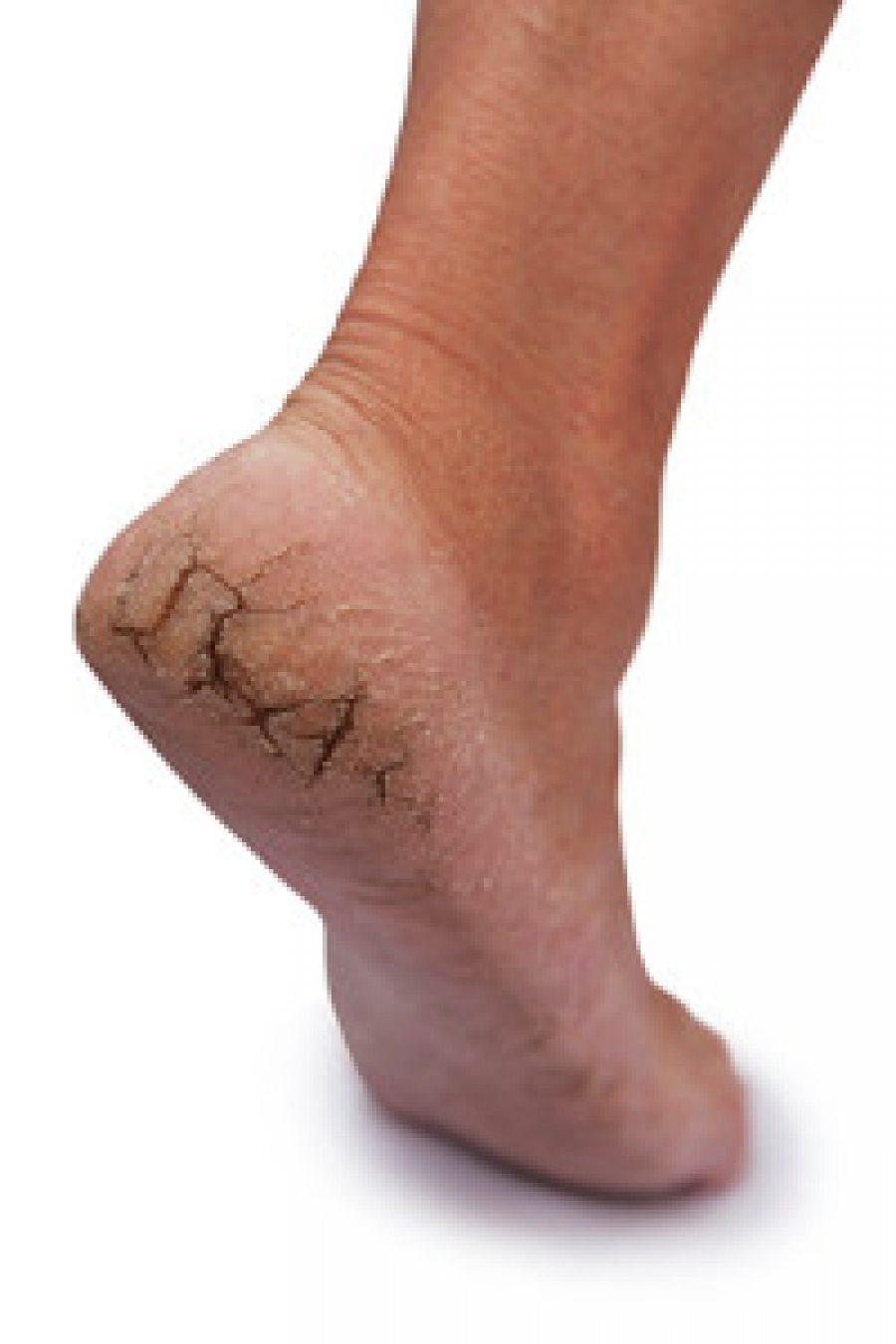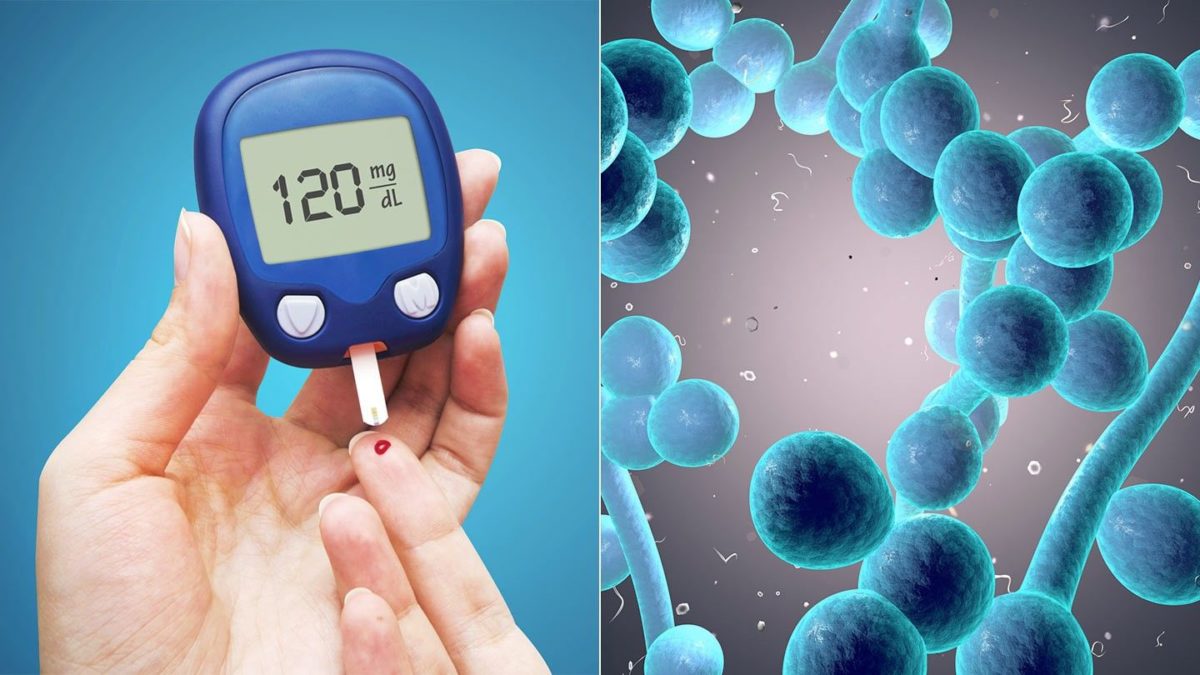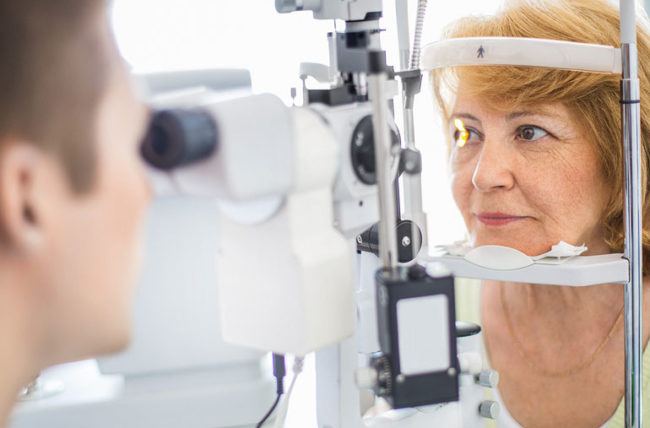As if our hard-working feet don’t hurt enough, some of us have to contend with cracked heels. Learn about the symptoms, risk factors, and diagnosis of cracked heels.
When the sensitive skin on the bottom of the feet and heels becomes too dry, it can split open, leaving painful cracks called fissures on your heels. Those cracks may not only make it painful to walk, but can also lead to serious infections.
Cracked Heels: How They Happen
Cracks in the heels are generally caused by insufficient moisture. These cracks can become sore and may even bleed. Seriously dry feet can occur for a number of reasons, including:
- + Cold winter weather
- + Dehydration, or not drinking enough water
- + Not moisturizing your feet
- + Taking very hot baths or showers
- + Soaking in a hot bath for too long or too frequently
- + Using harsh, drying soaps on your feet
- + Scrubbing feet dry
- + Having diabetes
“Heel fissures and cracks occur when the skin loses its moisture content and dries out and cracks,” says Alan K. Mauser, DPM, a podiatrist in Louisville, Ky.
When the feet become too dry, heel fissures can develop quite easily. “It’s kind of like if you put plaster on a balloon and let it harden and blow up the balloon, the balloon will expand the plaster and crack. The heel pad wants to expand outward, but the skin is not pliable enough to expand with it, so it cracks,” Dr. Mauser explains.
As the skin cracks, it may begin to bleed. These deep heel fissures can allow bacteria and viruses to enter the body, leading to infection and illness.
Cracked Heels: Risk Factors
The two biggest risk factors for cracked heels are diabetes and obesity, notes Mauser. Diabetics are likely to experience cracked heels because damage to nerves in the feet from uncontrolled blood sugars can cause dry skin. People with diabetes are even more likely to sustain an infection from cracked heels than non-diabetics. If you are diabetic, it is important to examine your feet frequently for signs of cracks or infection.
Obesity increases your chances of having cracked heels because there is even more weight on the heel pad, which causes it to expand out further. Dry skin is unable to handle the added pressure and cracks.
During the winter months, however, anyone can have dry, cracked heels. Regularly taking long, very hot baths and showers can also exacerbate this condition. Additionally, people who don’t regularly moisturize their feet with a good, oil-based lotion or moisturizer are more likely to experience heel fissures. Not drinking enough water and poor nutrition are also risk factors for cracked heels.
Diagnosing Cracked Heels
If your heels are cracked and painful, and the condition doesn’t improve with an over-the-counter foot lotion, visit a podiatrist to treat the problem. If your heel fissures are “severe enough, we’ll make suggestions and help you through it,” Mauser says. A podiatrist can treat any associated infection and also offer solutions to help your skin heal properly.
To prevent painful, cracked heels, eliminate risk factors by drinking plenty of water and avoiding excessively hot showers. With a good lotion and a little foot pampering, you’ll be kicking up your well-moisturized heels in no time.













